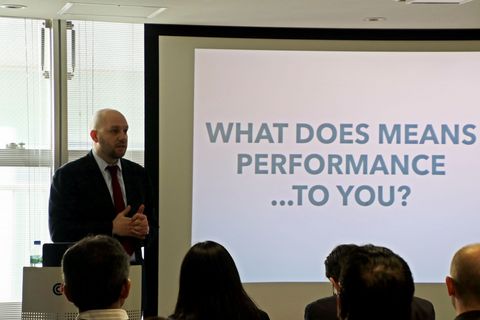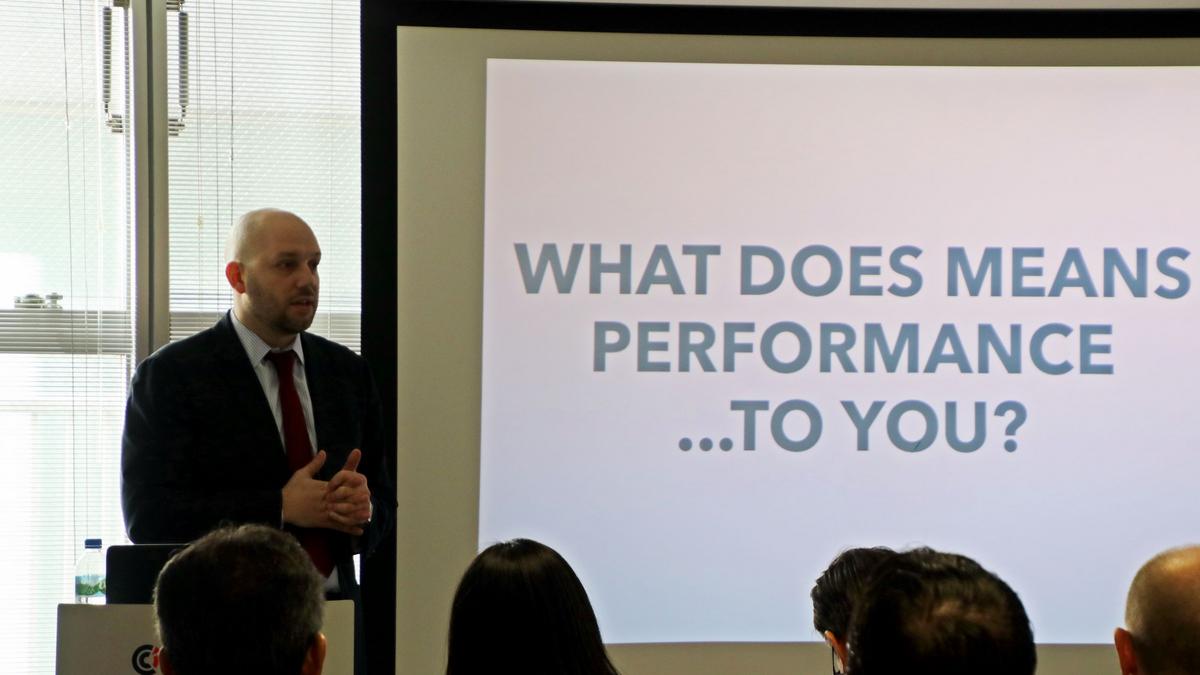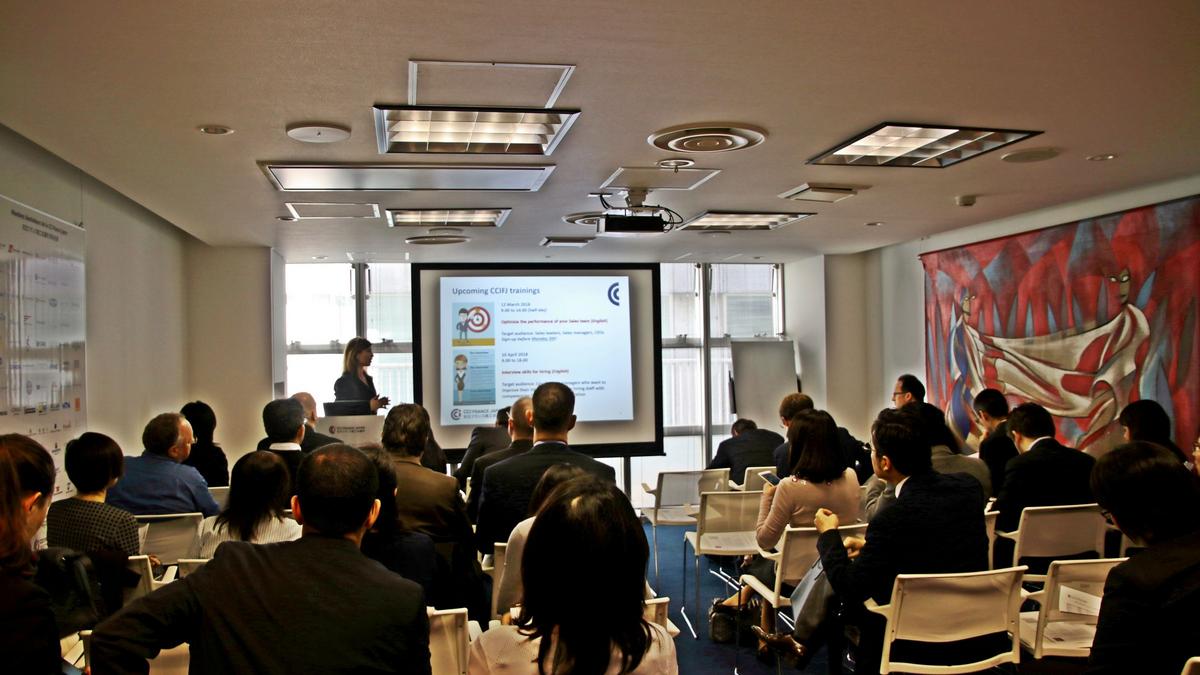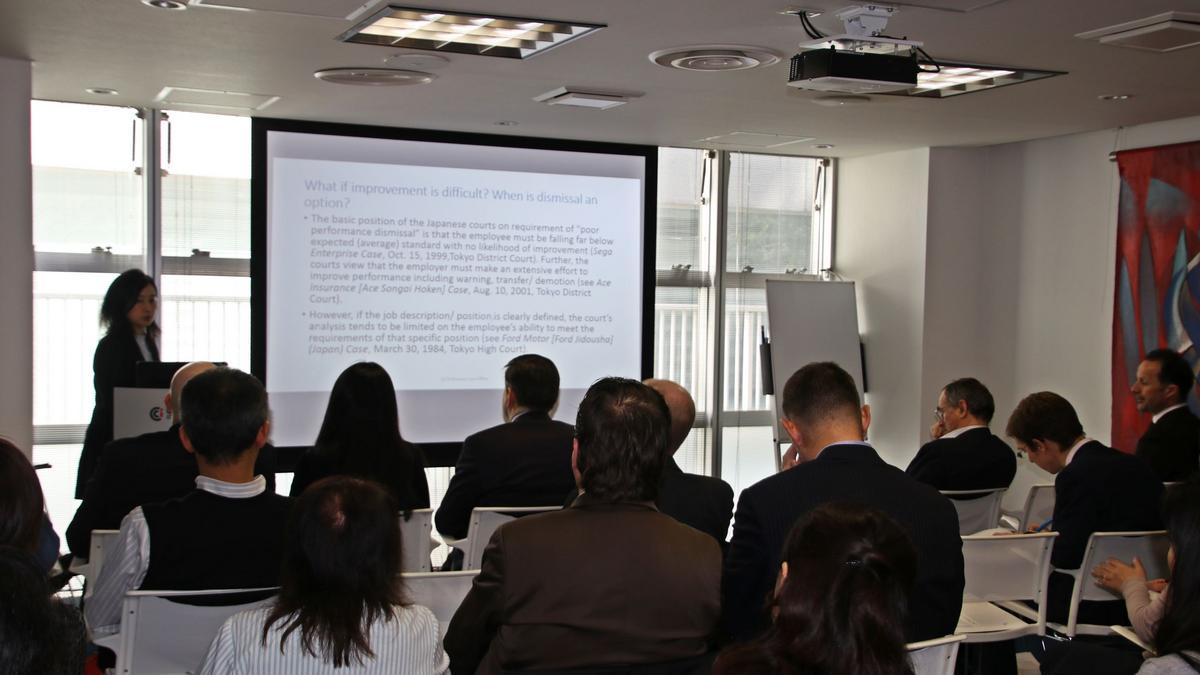Bilans d’évènement • Comités
How to handle low performance at work?

The first meeting of the HR Committee for 2018 dealt with the management of low-performers, a delicate topic that has human and legal dimensions, among others.
Patrick Laudon, Executive coach at LifeCrack Asia, started by asking the attendees what performance meant to them. A general consensus was reached on the fact that performance stems from a relationship between expectations and results. Low performance happens when there is a mismatch between what the manager thinks “should-be” and what the employee produces… This is why the objectives have to be built and agreed together between the manager and his/her subordinate, and annual reviews are not sufficient to anticipate or solve a low performance problem. This timely feedback process is important to avoid entering a vicious circle wherein people are “tagged” as low performers, resulting in their managers giving them less responsibility or opportunity to perform (e.g. for salespeople, not giving them the best leads).
Except for major recruitment mistakes, low performance is often more a question of motivation than qualification. Where does motivation come from? A 2015 Gallup survey indicated that 50% of employees left their company because of their boss, and the Google “Project Aristotle” identified psychological safety as the number one factor for an employee to perform in a team. Top performers have been known to be destroyed when in the wrong team. That’s why, when coaching low performers, Patrick advises to involve the manager in the coaching process from the start. In summary, clear expectations and agreement between an employee and his/her hierarchy are the key to building an environment that is conducive to performance.
But what can you do when you hit a roadblock? Akiko Monden, partner at Endeavour Law Office, went through the different options available to employers. Generally speaking, Japanese law is very flexible in the measures that can be taken to deal with low-performers as long as dismissal is avoided, including transfer to another location, demotion and demotion with pay reduction as long as the proper rules and processes are in place. The Japanese courts’ view tends to be that dismissal for poor performance should take place when the employee falls well below expectations, and every reasonable step has been tried to help him/her improve: accurate feedback, improvement plan, training, moving to a different role, if the employment agreement allows for transfers and there are positions to move to. Termination does not necessarily become a legal dispute, as many employees will agree to leave when asked to (termination through voluntary resignation) if they understand from timely feedback, or from the general circumstance that the situation is not working out, they may be a better match at a different workplace. To reach this kind of understanding, the discussion to set goals and feedback is important. However, if the employer wishes to terminate employment but discussion of voluntary resignation does not work out, dismissal is performed, and the employee disputes the validity of the dismissal and goes to court, the process can be very burdensome for the employer, who has the burden of proving the rightful termination of the employee, so preparation in advance of any dismissal is extremely important. Akiko explained the careful and painstaking work of data gathering and record taking that needs to take place to enable this proof.
The conference concluded with participants sharing their experiences in managing poor performance linked to overtime, and how job descriptions at time of hiring, which is a good opportunity to set the benchmark against which the court will measure the performance of the employee, are difficult to pin down at such time, so an on-going effort to set goals and expectations through the employment is important to encourage better performance, and also to be prepared if and when performance does not reach the expected level.



